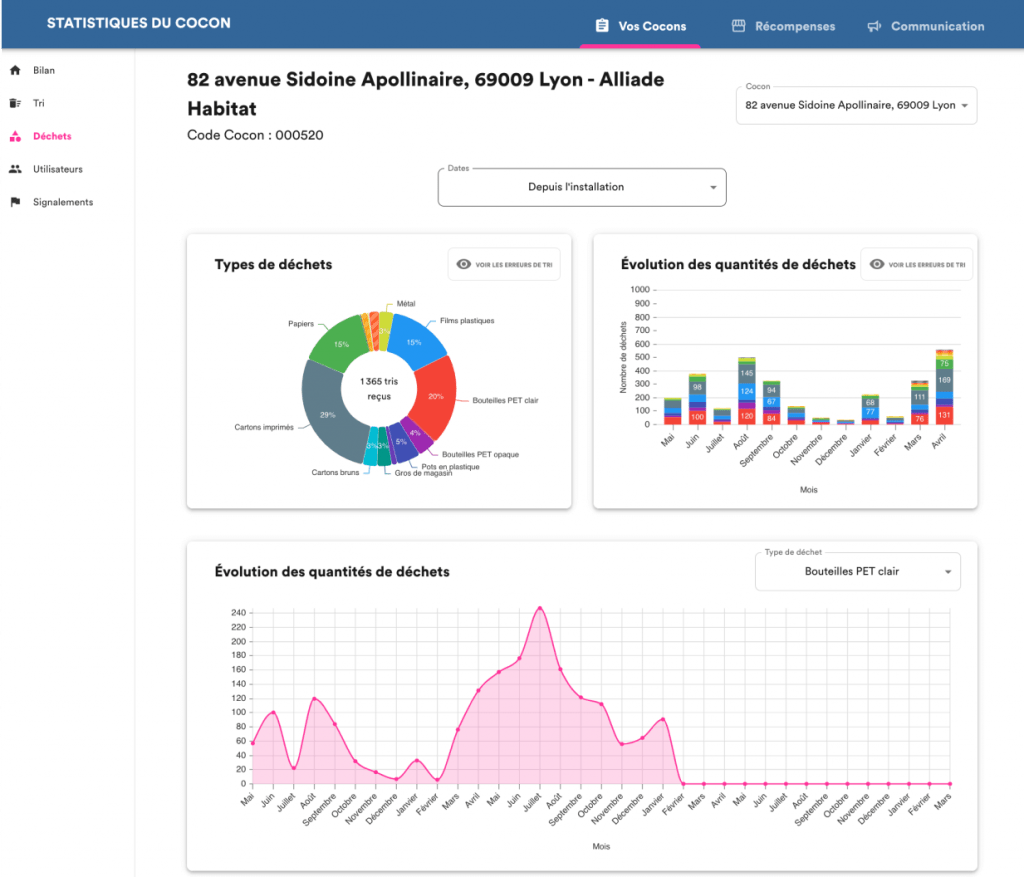If you come from Dijon, you probably know what we're talking about, if not... well you know what we're talking about because you're perceptive! Méreau, Cairn, Doume... We're going to discuss local currency.
But what is a local currency really? It is a complementary payment method to the official currency, which is why it is called “complementary local currency” (MLC).
And there, you wonder why we present it to you? Well because if, like us, you are interested in trade, local and responsible production, short cycles and solidarity projects, then the MLC will attract your curiosity!
There are about 50 local currencies across the country and several launches are planned this year (also in the overseas departments) (comic repetition): this payment method is a real success! So why? Quite simply because it generates growth exclusively in your territory, whether it is your city, department or region. By using the local currency, you know that it will not finance agriculture (which, in many cases, is unethical) on the other side of the planet. In addition, this payment method allows you to be part of a community of people who have the same desire to see their territory grow and who want to consume better! Why? We explain here:
How does the local currency work?
Contrary to what many may think, it is not the municipalities that are responsible for creating local currencies. It is associations or cooperatives that are responsible for their implementation, operation and management. Whether they have existed for a long time or were formed specifically for the creation of the local currency, they must: draft the charter, define the legal framework as well as the operation of the currency, the organization of memberships and the promotion of the currency. Yes, it requires a bit of work!
What you need to keep in mind as a consumer:
- To buy local currency, you must be a member of the association and it is only through the association that you can identify member producers. These are the traders who agree to be paid in local currency.
- One euro equals one currency unit, so: three owls for three euros. Five owls for five euros. Twelve owls… in short!
- They are regulated! Article 16 of the law of July 31, 2014 relating to the social and solidarity economy officially recognizes local currencies as payment instruments.
What is your local currency?
It's very difficult to tell you. The Internet gives us all the information we need, and if it doesn't, we're sure that the employees of the bulk stores in your city will be able to give you more information. We had already heard about a local currency in our city, but it was when we met the team of a partner company that we discovered the Cairn. As we've already told you, local currencies allow you to be part of a beautiful community. Pretty cool for a payment method, right?
With local currencies, it's not a done deal!
Do you know the local currency of your region? Tell us in the comments!
You can read our latest articles here.
Follow us on our social networks and join the fichamif!



